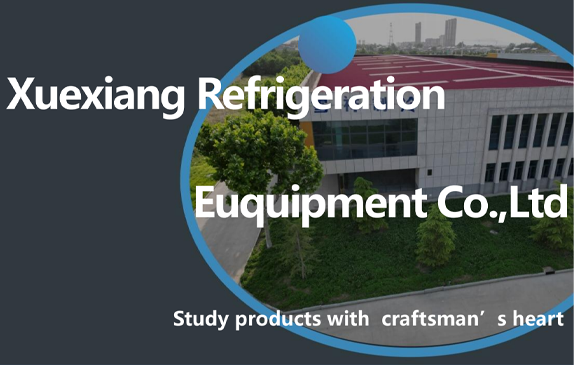Innovative Designs for Broiler Chicken Transport Cages to Enhance Welfare and Efficiency
Dec . 20, 2024 09:45 Back to list
Innovative Designs for Broiler Chicken Transport Cages to Enhance Welfare and Efficiency
The Importance of Broiler Chicken Transport Cages
In the poultry industry, the welfare of broiler chickens during transport is paramount. The use of specialized transport cages is critical in ensuring that these birds are safely and efficiently transported from farms to processing plants. This article explores the significance of broiler chicken transport cages, the design considerations involved, and the impact on overall poultry welfare and industry efficiency.
Design and Features of Transport Cages
Transport cages for broiler chickens are designed with specific features that cater to the needs of these birds during transportation. Typically constructed from durable, high-quality plastic or metal, these cages offer robust protection while remaining lightweight. A well-designed transport cage ensures adequate ventilation, which is essential for maintaining optimal air quality and preventing respiratory issues in chickens during transit.
Furthermore, the size and space within the cages are critical factors. It is essential that each bird has sufficient room to stand, turn, and lie down. Overcrowding can lead to stress and injuries, which can adversely affect the health and quality of the meat. Cages are often designed to accommodate different sizes and weights of birds, allowing for more flexibility depending on the age and size of the broilers being transported.
Poultry Welfare Considerations
The welfare of broiler chickens during transport has gained increasing attention from both the industry and animal welfare organizations. Stress during transport can negatively impact the birds, leading to higher mortality rates, decreased meat quality, and overall challenges in animal husbandry. Implementing the right transport cage design is a proactive measure to support the health and welfare of these birds.
broiler chicken transport cages

Cages now often include features such as non-slip floors to prevent injuries, smooth surfaces to reduce abrasions, and partitions to minimize aggressive behavior among birds. These design elements contribute significantly to reducing stress levels experienced by chickens during transportation. Moreover, regulations and guidelines, such as those from the American Veterinary Medical Association (AVMA) and the European Food Safety Authority (EFSA), provide frameworks for best practices in chicken transport, emphasizing the importance of adequate housing and handling techniques.
Economic and Efficiency Implications
In addition to animal welfare, the use of proper transport cages has significant economic implications for poultry producers. Efficient transport systems minimize losses during transit, ensuring that a higher percentage of birds arrive alive and in good condition at processing facilities. This directly translates to better yields, lower costs, and increased profitability for farmers.
The design and handling of transport cages can also be improved to enhance efficiency. For instance, using modular cage systems can make loading and unloading faster and easier, reducing labor costs and time spent in transit. Enhanced logistics, paired with the rigorous design of transport cages, contribute not only to the immediate welfare of the chickens but also to a more efficient supply chain.
Conclusion
In conclusion, broiler chicken transport cages play a crucial role in the poultry industry, balancing the welfare of the animals with economic efficiency. As advancements continue in cage design and best practices for transport, the emphasis on animal welfare will likely remain a focal point for producers, regulators, and consumers alike. By prioritizing the needs of broiler chickens during transport, the industry can ensure the delivery of high-quality products while adhering to ethical standards, ultimately benefiting all stakeholders involved.
-
Automatic Feeding Line System-Pan Feeder Nipple Drinker|Anping County Yize Metal Products Co., Ltd.
NewsJul.29,2025
-
Hot Sale 24 & 18 Door Rabbit Cages - Premium Breeding Solutions
NewsJul.25,2025
-
Automatic Feeding Line System Pan Feeder Nipple Drinker - Anping County Yize Metal Products Co., Ltd.
NewsJul.21,2025
-
Automatic Feeding Line System Pan Feeder Nipple Drinker - Anping County Yize Metal Products Co., Ltd.
NewsJul.21,2025
-
Automatic Feeding Line System - Anping Yize | Precision & Nipple
NewsJul.21,2025
-
Automatic Feeding Line System - Anping Yize | Precision & Nipple
NewsJul.21,2025






